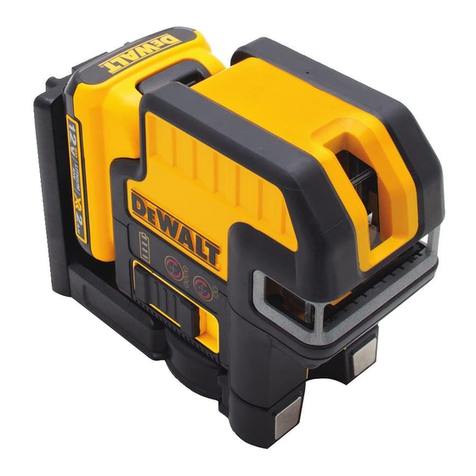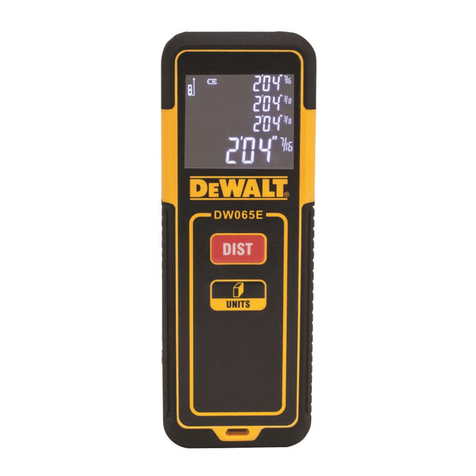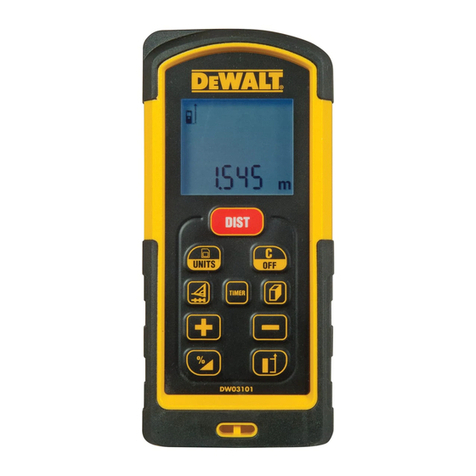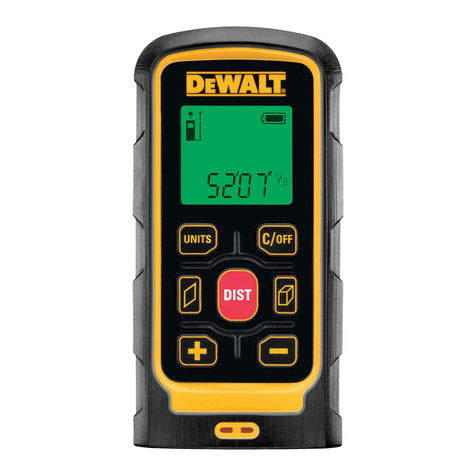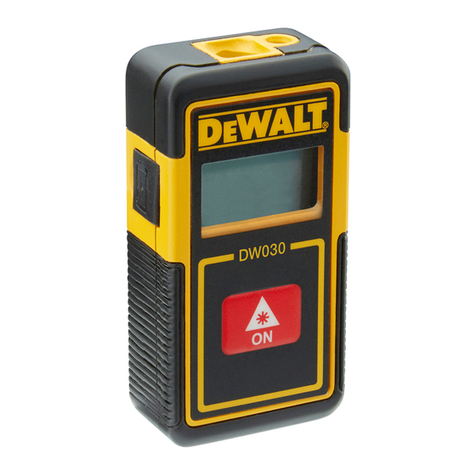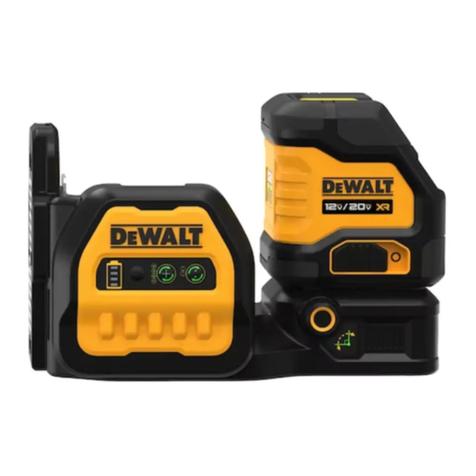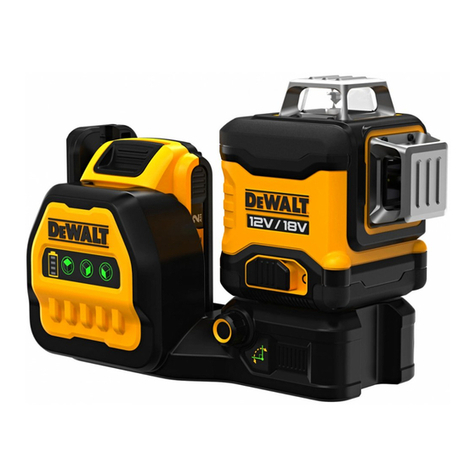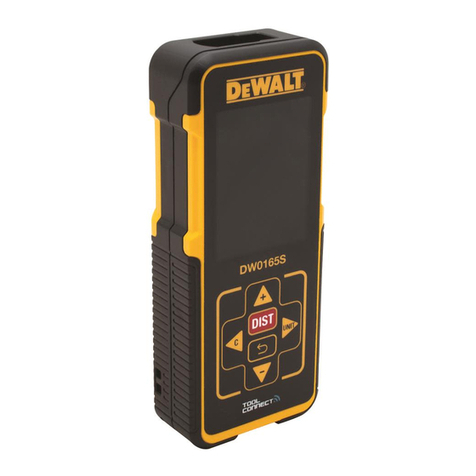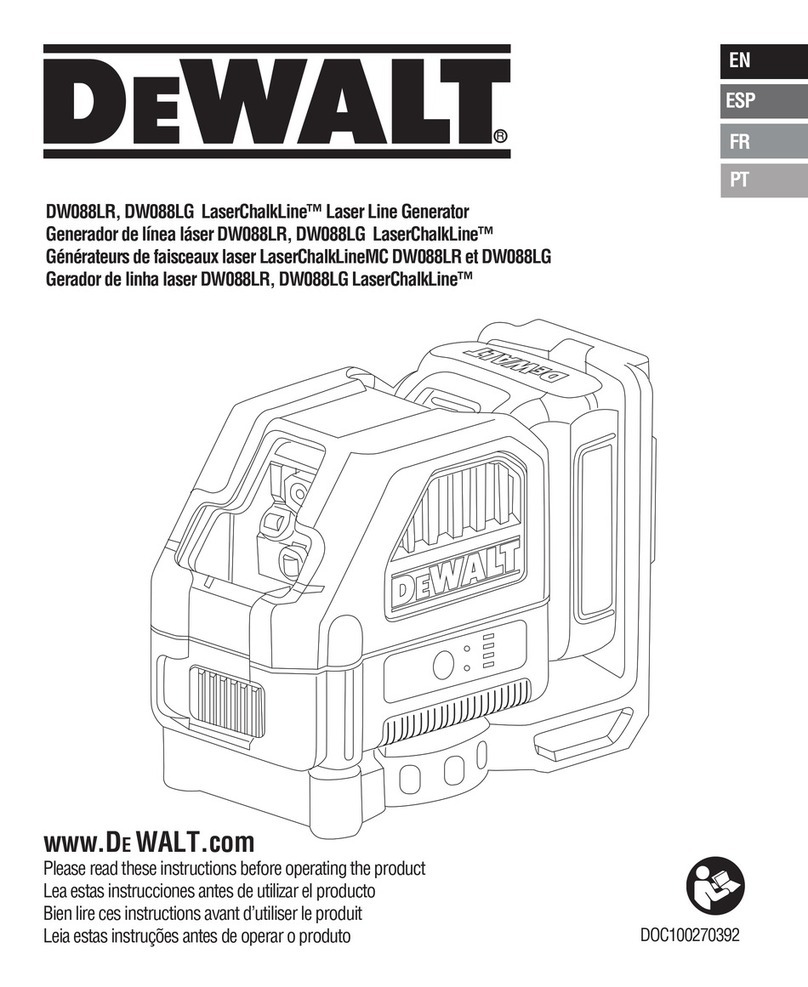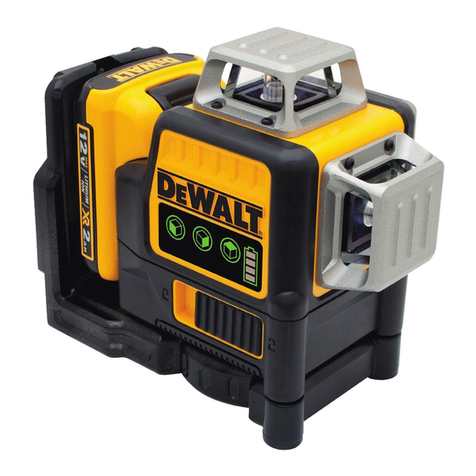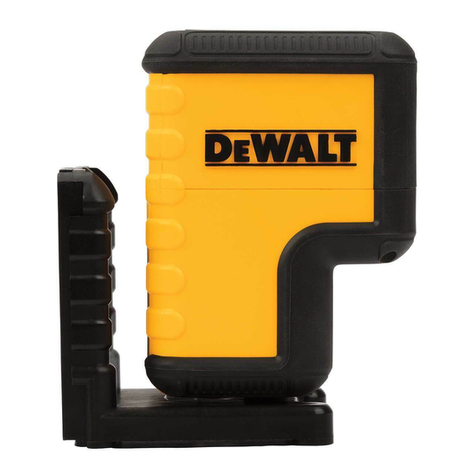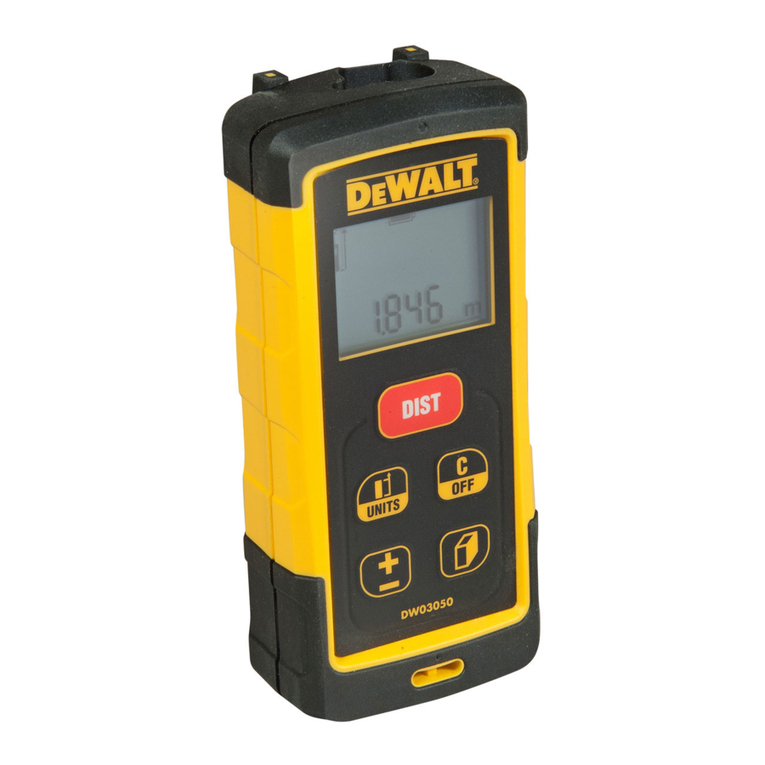2
English
PERSONAL SAFETY
• Stay alert, watch what you are doing and use common sense
when operating a power tool. Do not use tool while tired or
under the influence of drugs, alcohol, or medication. A
moment of inattention while operating power tools may result in
serious personal injury,
• Dress properly. Do not wear loose clothing or jewelry. Contain
long hair. Keep your hair, clothing, and gloves away from
moving parts. Loose clothing, jewelry, or long hair can be caught
in moving parts. Air vents often cover moving parts and should also
be avoided.
• Do not overreach. Keep proper footing and balance at all
times. Proper footing and balance enables better control of the tool
in unexpected situations.
• Use safety equipment. Always wear eye protection. Dust mask,
non-skid safety shoes, hard hat, or hearing protection must be
used for appropriate conditions.
TOOL USE AND CARE
• Use clamps or other practical way to secure and support the
workpiece to a stable platform. Holding the work by hand or
against your body is unstable and may lead to a loss of control.
• Do not use tool if switch does not turn it on or off. A tool that
cannot be controlled with the switch is dangerous and must be
repaired.
• Store idle tools out of reach of children and other untrained
persons. Tools are dangerous in the hands of untrained users.
• When batteries are not in use, keep them away from other
metal objects like: paper clips, coins, keys, nails, screws, or
other small metal objects that can make a connection from
one terminal to another. Shorting the battery terminals together
may cause sparks, burns, or a fire.
• Check for misalignment or binding of moving parts, breakage
of parts, and any other condition that may affect the tools
operation. If damaged, have the tool serviced before using.
Many accidents are caused by poorly maintained tools.
IF YOU HAVE ANY QUESTIONS OR COMMENTS ABOUT THIS OR
ANY DEWALT TOOL, CALL US TOLL FREE AT:
1-800-4-DEWALT (1-800-433-9258)
Introduction
The DW071 Cordless Rotary Laser is a manually leveled laser tool
that can be used both inside and outside for horizontal (level) and ver-
tical (plumb) alignment projects. This tool comes fully assembled.
Applications range from acoustical ceiling installation and wall layout
to foundation leveling and deck building. This tool has been designed
with many innovative features that allow for quick and easy set-up and
adjustment which will increase your productivity on the job. Please
read and understand all instructions within this instruction manual prior
to use.
General Safety Rules For Battery
Operated Tools
WARNING! Read and understand all instructions.
Failure to follow all instructions listed below may result in
electric shock, fire and/or serious personal injury.
SAVE THESE INSTRUCTIONS
WORK AREA
• Keep your work area clean and well lit. Cluttered benches and
dark areas invite accidents.
• Do not operate power tools in explosive atmospheres, such
as in the presence of flammable liquids, gases, or dust. Power
tools create sparks which may ignite the dust or fumes.
• Keep bystanders, children, and visitors away while operating
a power tool. Distractions can cause you to lose control.
ELECTRICAL SAFETY
• Use battery operated tool only with the specifically
designated batteries. Use of any other batteries may create a risk
of fire.

